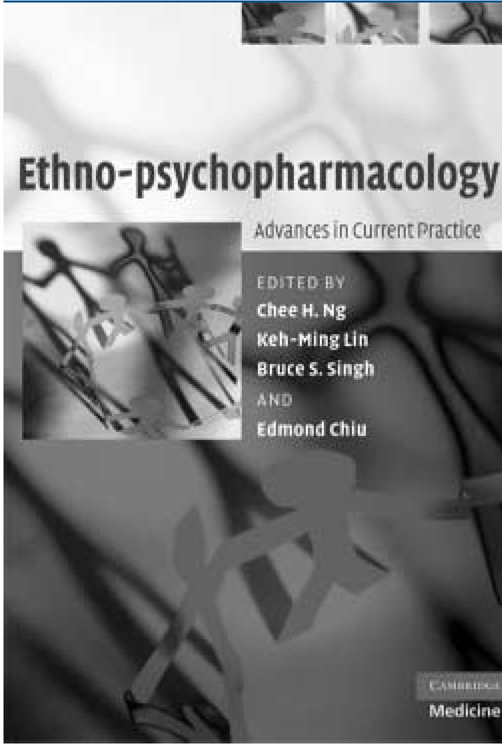
Clinicians have always been aware of individual differences in the clinical response to psychotropic drugs. Much of this is due to differences at the biological level, specifically to genetic polymorphisms. This variability is what pharmacogenetics, with its promise of individualised pharmacotherapy, seeks to help us understand and respond to. However, other factors such as what we eat, our habits and lifestyle, which may ultimately modify the expression of our genes, often have more immediate consequences for how our bodies react to the drugs we use. Indeed, whether we even accept to take the drugs in the first place may be determined not by our genes but by factors in our immediate cultural and ethnic environment.
A consideration of ethno-pharmacology is not simply a discussion of ethnic differences in the pharmacokinetics of drugs that may have genetic origin. This book has been compiled with an understanding of the broad issues involved in psychotropic drug use in the context of unique ethnic experiences. It is an informed attempt to sensitise clinicians to what is currently known about ethnic differences in response to psychotropic drugs, especially in so far as those differences manifest among populations in Asia. The issues addressed include cultural influence on psychopathology, pharmacogenetics, complementary medicines and pharmaco-economics.
Ethno-pharmacology has received more research attention among Asian populations than among any other group. That is probably a historical accident rather than a proof that ethno-pharmacology is irrelevant to ethnic groups elsewhere. Indeed, this book attests to this by showing some of the evidence as it relates to Hispanic and African American populations. The chapter by William Lawson on inter-ethnic variations in psychotropic response in African Americans and that by Deborah Flores and Ricardo Mendoza on Hispanics are an eye opener, showing that the issues involved transcend one ethnic group.
The book is a good addition to the library of anyone interested in the broad topic of cultural psychiatry. It reminds us that the importance of culture and ethnicity is not only to be seen in the context of symptom expression, or even in that of prevalence of disorders, but in the equally important context of how and why we often respond or fail to respond to psychotropic drugs. We may be expectant about the tantalising prospect of individualised pharmacotherapy when pharmacogenetics delivers on its promise. However, as the chapter by Chee Ng shows, wise clinicians will always be conscious of the fact that issues other than genetics will remain important in any consideration of whether a drug intervention will do good or harm.



eLetters
No eLetters have been published for this article.